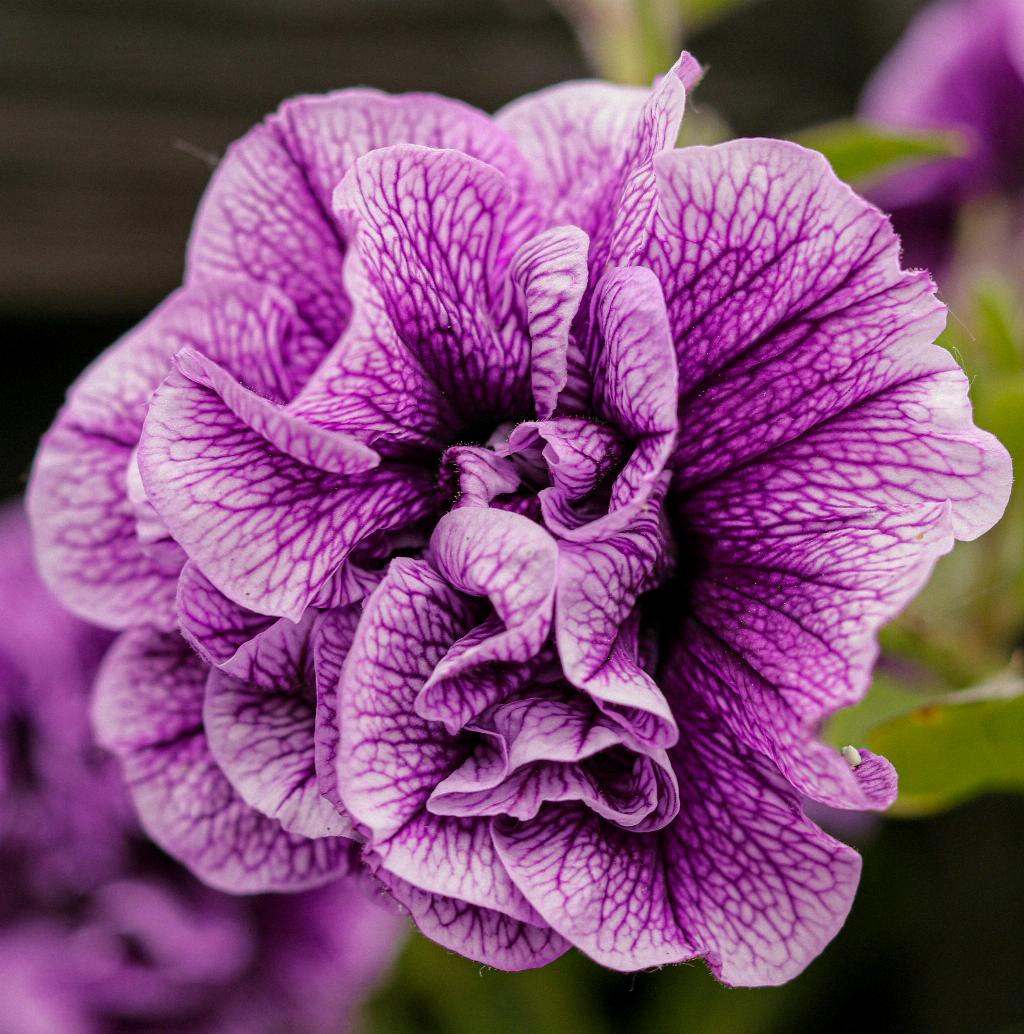When it comes to planting petunias, proper spacing is key to ensuring optimal growth and blooming. Depending on the variety of petunias you have, the recommended spacing can vary. Grandifloras and multifloras should be spaced about 12 inches apart in full sunlight, or closer together if they are planted in a shadier spot. Milliflora petunias, on the other hand, can be placed as close as 4 to 6 inches apart. For spreading ground-cover petunias, it is advisable to plant them at least 1 1/2 feet apart.
Before you start planting your petunias, it is important to choose a location that receives adequate sunlight. Petunias thrive in full sunlight, so look for a spot in your garden that gets at least 6-8 hours of direct sunlight per day. Once you have identified the perfect location, prepare the soil by loosening it with a garden fork or tiller. Ensure that the soil is well-draining to prevent waterlogging, which can lead to root rot.
Once the soil is prepared, it’s time to start planting your petunias. Dig holes that are slightly larger than the root ball of the plant to accommodate the roots. Gently remove the petunias from their containers, being careful not to damage the roots. Place each plant in a hole and backfill with soil, pressing down gently to remove any air pockets around the roots.
After planting your petunias, water them thoroughly to help them settle into their new home. It is essential to keep the soil consistently moist but not waterlogged, especially during the hot summer months. Consider installing a soaker hose or drip irrigation system to ensure even watering and prevent overhead watering, which can lead to leaf diseases.
Once your petunias are established, applying a balanced fertilizer every 2-4 weeks can help promote healthy growth and abundant flowering. Look for a fertilizer with a formulation of 10-10-10 or similar, which provides a good balance of nitrogen, phosphorus, and potassium. Follow the instructions on the fertilizer package for the correct application rate.
Deadheading spent flowers regularly can encourage your petunias to produce more blooms throughout the growing season. Simply pinch off faded flowers at the base of the stem to promote new growth. Additionally, removing any yellowing or damaged leaves can help improve air circulation around the plants and reduce the risk of fungal diseases.
As the summer progresses, you may notice your petunias becoming leggy or overgrown. To encourage bushier growth, pinch back the growing tips of the plants regularly. This simple pruning technique stimulates branching and creates a more compact, full appearance.
Protect your petunias from common pests such as aphids, slugs, and spider mites by inspecting your plants regularly. If you spot any signs of pest infestation, treat them promptly with organic or chemical insecticides, following the instructions carefully to avoid harming beneficial insects.
During periods of prolonged heat or drought, it is essential to water your petunias deeply at the base of the plants to ensure they receive an adequate supply of moisture. Mulching around the base of the plants can help retain soil moisture, suppress weeds, and regulate soil temperature.
Before the first frost arrives, consider applying a layer of mulch around your petunias to protect the roots from freezing temperatures. In colder climates, you may need to dig up and overwinter your petunias indoors or replant them the following spring for continued enjoyment.
In conclusion, planting petunias can be a rewarding experience that adds vibrant colors and fragrant blooms to your garden. By following these simple steps and caring for your petunias diligently, you can enjoy a season-long display of beautiful flowers that will brighten up your outdoor space.

